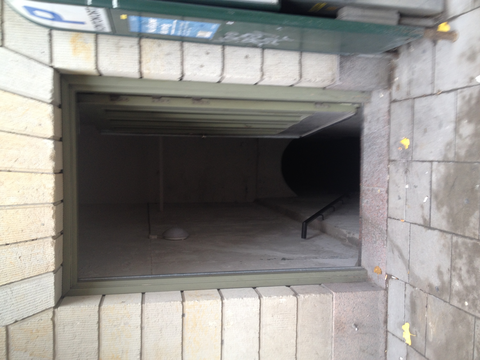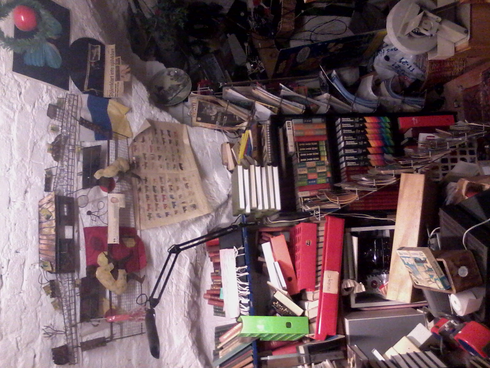Gamla stan is Stockholm's Old Town founded in the 13th century. In addition to the vast amount of Stockholm, and indeed Swedish, history that is a part of the fabric of this neighborhood, it is one of the only areas of Stockholm whose predominant architecture pre-dates the modern era. One of the participants in Skogen är bäst på bild ("The Forest looks Best in Pictures"), which can be heard in its entirety here) spoke about the neighborhood, and that is the first clip here, featuring a montage of field recordings from the area. The second clip is of a glass harmonica player who was ubiquitous on the streets there, together with many other buskers, when I moved to the city in 2010. The third recording is of Gamla stan at night. The cobblestone streets with buildings pressed against them give an odd echo in the stillness.
The streets are lined with 16th and 17th century buildings. They are filled with little shops, cafes, institutions and historic sites, shot through with picturesque alleyways, and are often filled with tourists. But there is a local life to this neighborhood as well. There are also music and arts venues like Musikvalvet and the Källarbyn cafe, which host all manner of music and cultural activities in their underground, stone rooms, festooned with granite arches.1 Gamla stan was also home to the iconic Pistolteatern ("Pistol Theater"), which was an important venue for new and experimental work. Many important artists in Sweden's experimental art, music and theater scenes in the 1960's featured work or performed there.2 Nationalgalleriet (National Gallery) was another important nexus point for new and experimental work from the 1980's through the 2010's.3 There are also little art galleries and artisan shops throughout the neighborhood. Electroacoustic composer Roberta Settels had a shop selling handmade sandals on the high street, which is still there under her name, and run by friends of the family.4 There is even an old bathhouse in the sub-basement of a school, which has been converted into a low cost spa, with separate evenings for men and women. It hosts a sauna, a relaxation room, and a swimming pool lit by electric candles, serenaded by Beethoven's Moonlight Sonata.
The Great Cathedral, located behind the Royal Palace, is where the Vädersolstavlan ("Sun-Dog painting") is located. This is the oldest known image of Stockholm, and I took the name of Vädersolsmodernitet ("Sun-Dogs of Modernity")from the name of this painting. You can see the painting, and listen to the piece, here.




